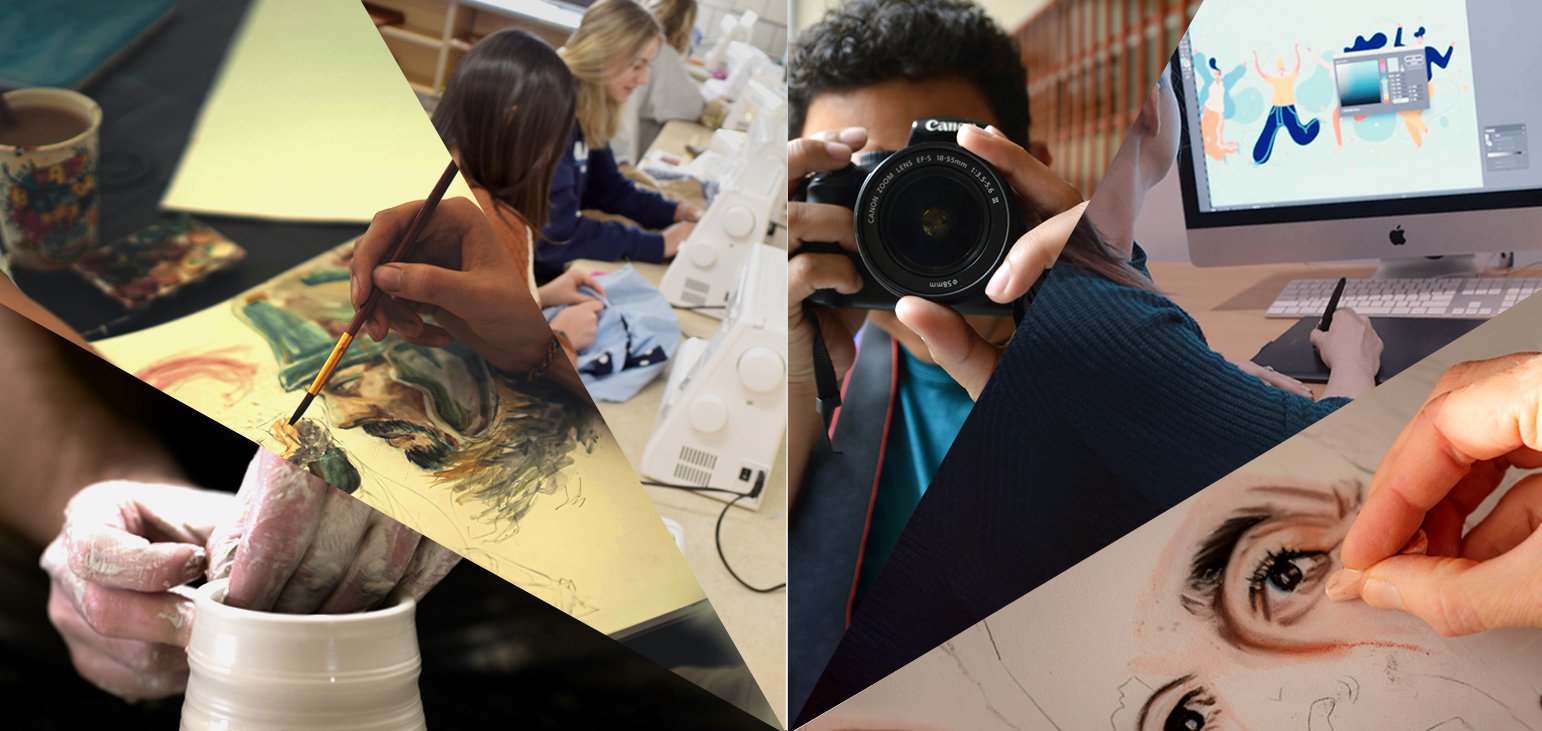
Visual Art at Wilton High School
Throughout history, art has been a vital expression of human creativity and pleasure. Whether expressing social commentary, philosophical beliefs, personal emotion, or capturing the beauty of a fleeting moment, artists have made powerful and enduring contributions and have helped to further the growth of human civilization from the beginning.
Today, students at Wilton High School have an opportunity to carry on that tradition and explore individual expressions in the visual arts in a variety of studio experiences offered at sequential levels of artistic skill development. Our courses are designed to offer students opportunities to explore a broad range of disciplines and media through hands-on experiences that can be individual or collaborative. Wilton High School students can choose from offerings that include traditional media, such as painting, drawing, photography, and ceramics, as well as more recent (relatively) developments such as, computer graphics, digital Illustration, and advertising. Within each course, students learn skills and techniques within the historical context of the discipline, then create works that demonstrate their learning. At the same time, students are also learning about the ways that various artists have used the medium to express broader personal or social meanings. In addition, most disciplines feature multiple levels of subsequent courses that allow students to pursue a medium beyond the introductory level.
At our high school, the Visual Arts department provides numerous opportunities for students to showcase their creativity. From traditional bulletin boards to designated gallery spaces dispersed throughout the school like the Little Gallery and our LLC, students have a variety of platforms to exhibit their work. Additionally, our department actively engages in prestigious competitions year-round, offering students the chance to gain recognition and experience beyond the classroom.
Our Program
-
A sequence of one-semester courses is designed to foster skills in the effective use of drawing tools and materials in a studio environment. Art experiences for the course include exercises and compositions in pencil, digital drawing, charcoal, pastel, pen and ink, and colored pencil. In addition to compositional considerations, attention will be given to rendering techniques, abstraction and perspective. Assignments are based on both observation and imagination. Advanced courses will include figurative representation and compositional forms, as well as in-depth studies of media & specialized visual techniques. Critiques and assistance with portfolios will be offered. This course is highly recommended for those students who plan to pursue any visual art pathway.
Read the Program of Studies to understand any and all prerequisites.
-
This course sequence introduces students to painting in a studio environment using tempera, watercolors, acrylics, and mixed media. Traditional and contemporary methods of painting and compositional form will be explored. Sketching and drawing sessions will be included. As students progress, more advanced techniques such as collage, figurative painting, textural methods, and multi-image composition are included. Studio assignments will be undertaken in accordance with individual skill levels and needs.
Read the Program of Studies to understand any and all prerequisites.
-
This course sequence starts with the introductory level course in ceramics where students explore sculpture, hand building, and construction techniques as well as basic wheel throwing. Students learn the hand-building techniques of pinch, coil and slab. On the wheel students are taught how to create a variety of vessels including bowls and cylinder forms. Students learn about the firing technique as well as unique finishing processes. Advanced ceramic students will develop ceramic skills with an emphasis on the production of related pieces, large scale work, and advanced throwing techniques. Specialty glazing and decorative finishes will be introduced. Advanced ceramic studio assignments will be undertaken in accordance with the student's skill level and ability.
-
The initial course in the photography sequence is designed to introduce students to the fundamentals of the photographic process. Students will learn how to use their digital camera and its functions with regard to aperture, shutter speed and ISO to record interesting visual aspects of their world. The course explores a range of photographic tools, including different types of cameras, lenses, lighting and printing processes. The class will explore photojournalism, nature, portraiture, still life, sports, macro and Infrared photography. Students will also be introduced to photo editing techniques using Adobe Photoshop as well as dark room based alternative hand printing techniques. The course provides an overview of photography as a communications medium.
The advanced-level program is designed for students wishing to further develop their digital photography skills. Students will explore new settings on a digital SLR camera. The class will explore photojournalism, nature, portraiture, still life, sports, product, macro and Infrared photography. Advanced studio lighting and dark room based alternative hand printing techniques will be taught. Emphasis will be placed on artistic application and advanced Photoshop techniques. In-depth refinement of photographic skills will be done on an individual basis. Assistance with portfolio development and frequent critiques will be part of the course.
-
In this course sequence, students develop their skills in creating jewelry through wire, clay and sheet metal, using copper, brass, and German silver. Processes of cutting, forming, joining, polishing, texture application, copper enameling, and soldering are explored to produce jewelry articles of adornment. Students will design their own beads and create them using various jewelry processes. Design inspiration from contemporary and historical fine art jewelry will be encouraged. As students advance, they develop their skills further in jewelry making through more advanced processes in metalsmithing including bezel setting and more. Design and craftsmanship will be emphasized throughout the course.
-
In this course sequence, students will be involved in the design, drawing, and construction of wearable clothing and accessories. Fashion history and current trends will be explored with an emphasis on personal style and expression. A wide range of media and professional techniques will be used including illustration, pattern design, draping, sewing, and garment construction methods. Students will be encouraged to express their personal approaches to dress and explore how style communicates with those around us. Design and studio problems are undertaken in accordance with the student’s skill level and needs. Critiques and portfolio assistance are offered.
-
This course sequence starts with the introductory level course where students explore sculpture, hand building, and construction techniques using clay. Students are introduced to wheel throwing techniques and will use their thrown pieces in sculptures. Historical and contemporary concepts in sculpture are investigated. Hands-on experimentation with several media including found-object, cardboard, basic relief modeling and wire are explored. Sculptural techniques and materials introduced in Level I will be explored more fully in the advanced levels with attention given to individual preference for design concepts and rendition. Sculptural problems of design resolution with appropriate materials and techniques will be explored on an individual basis as required.
-
The introductory course will explore the world of communication arts through advertising, design and product development. Students will employ materials and techniques used by commercial artists in a problem solving, studio based experience. Students will be introduced to Adobe Photoshop software as well as other editing software. As students advance, they will explore design problems in advertising and illustrative art emphasizing color, rendering and specialized commercial techniques. Students will also be involved in creating innovative prototypes, and package design.
Read the Program of Studies to understand any and all prerequisites.
-
This course focuses on designing for the digital arts, engaging students in a wide range of real-world projects and exploring new creative ways to communicate information through motion graphics and film. This course will enhance students’ critical thinking and real world problem solving skills through project based learning.. The course will help students develop a variety of 21st century skills aligned with the district’s vision of teaching and learning.
Read the Program of Studies to understand any and all prerequisites.
-
The introductory course in computer graphics provides students opportunities to explore visual expression using the computer as the primary artistic tool. Students will learn a variety of skills using professional software applications such as Adobe Photoshop and Adobe Illustrator. Studio projects will explore commercial graphic design, digital illustration, typography, digital painting, photography, 3D work and Gif animation. This course is intended to prepare students for 21st century career opportunities.
The Advanced Computer Graphics II course is designed to elevate students' digital design skills by building upon foundational knowledge from the previous level. With a strong emphasis on industry-standard tools, the course delves into advanced techniques in Adobe Photoshop, including non-destructive editing and 3D graphics integration. Adobe Illustrator is explored for vector-based design and intricate graphics, while Adobe After Effects is utilized for animated graphics and motion design. By combining technical expertise with creative exploration through hands-on projects, and a focus on industry relevance, students gain proficiency in creating compelling visuals for both print and digital media. The acquired skills have direct real-world applications, empowering students to contribute meaningfully to creative projects and providing a solid foundation for potential future careers.
Read the Program of Studies to understand any and all prerequisites.
-
This course provides opportunities to apply computer graphics skills in a creative and collaborative, project-based learning environment. Students will explore the work of video game artists as they learn aesthetic and design concepts related to character design, architectural structures, and creation of environments in the context of computer game design and animation sequences. The course also includes the development of technical skills in various 3D modeling and animation software applications, including Adobe Animate and Adobe After Effects. Topics range from the development of characters and visual assets, to 3D rendering, storyboard creation, scene lighting, and basic cinematography. The learning environment will reflect the creative workflow within the professional game design and animation environment, with students working both independently and in collaborative design teams.
Read the Program of Studies to understand any and all prerequisites.
-
Digital Illustration and Publication will explore illustration, layout and design in a digital format. Digital Illustration and Publication will include working with Adobe Photoshop, Adobe Illustrator, Adobe InDesign and 3D programs to produce camera-ready artwork for use in publications. Students will focus on the use of digital media as it applies to contemporary illustration and design to create layouts for magazines, advertisements, yearbooks, and art-related products. This course is intended to prepare students for real-life work opportunities in the digital world.
-
This advanced-level program is designed for students wishing to develop an art portfolio or work on an art-related senior project. Students will prepare portfolios for college entrance, scholastic arts portfolio, scholarships and various adjudications. Students will gain knowledge of contemporary and traditional artists and art movements. Students wishing to explore a career in the visual arts will have an opportunity to meet with college representatives and artists in the field. A high degree of student responsibility, maturity, and motivation will be expected.
Read the Program of Studies to understand any and all prerequisites
-
This course is a project based college level course that will prepare serious, advanced-level drawing students for an intensive high- level studio art experience covering a range of drawing and painting media only. In this college-level art course, students will be given an opportunity to develop their drawing skills, study advanced concepts, and explore broad art-related topics. This year-long course will include working with a teacher mentor, guest artists, interacting with guest speakers and college admissions representatives, and visitations to museums and galleries. Historical and appreciation components will be included. The development of an AP Drawing Portfolio to the specification of the College Board will be the primary focus of this course. The finished portfolio must be sent to the College Board by May 1st to the College Board AP Committee.
Read the Program of Studies to understand any and all prerequisites
-
This course is a project based college level course that will prepare serious, advanced-level art students for an intensive high-level studio art experience covering a broad spectrum of 2D media: photography, computer graphics, and advertising, as well as drawing and painting. In this college-level art course, students will explore advanced design concepts, develop technical skills, and study a broad spectrum of art-related topics. This year-long course will include working with a mentor teacher, guest artists, interaction with guest speakers and college admission representatives, visitations to galleries and museums, and field trips. Historical and appreciation components will be infused into the program. The development of an AP– 2D Portfolio to the specifications of the College Board will be the primary focus of the course. The portfolio will be completed and submitted by May 1st to the College Board AP Committee.
Read the Program of Studies to understand any and all prerequisites
-
This course is a project based college level course that will prepare serious, advanced-level art students for an intensive high-level studio art experience covering a broad spectrum of 3D media. In this college-level art course, students will explore 3D design concepts, advanced construction techniques, develop technical skills, and study a broad spectrum of art-related topics. This year-long course will include working with a mentor teacher, guest artists, interaction with guest speakers and college admission representatives, visitations to galleries and museums, and field trips. Historical and appreciation components will be infused into the program. The development of an AP 3D portfolio to the specification of the College Board will be the primary focus of the course. The portfolio will be completed and submitted by May 1st to the College Board AP Committee.
Read the Program of Studies to understand any and all prerequisites
-
Designed for motivated, advanced art students who can work independently, this advanced level program is available to advanced students who have completed all levels within a given art discipline. Students must be assigned to another class and develop requirements in cooperation with the instructor.
Read the Program of Studies to understand any and all prerequisites
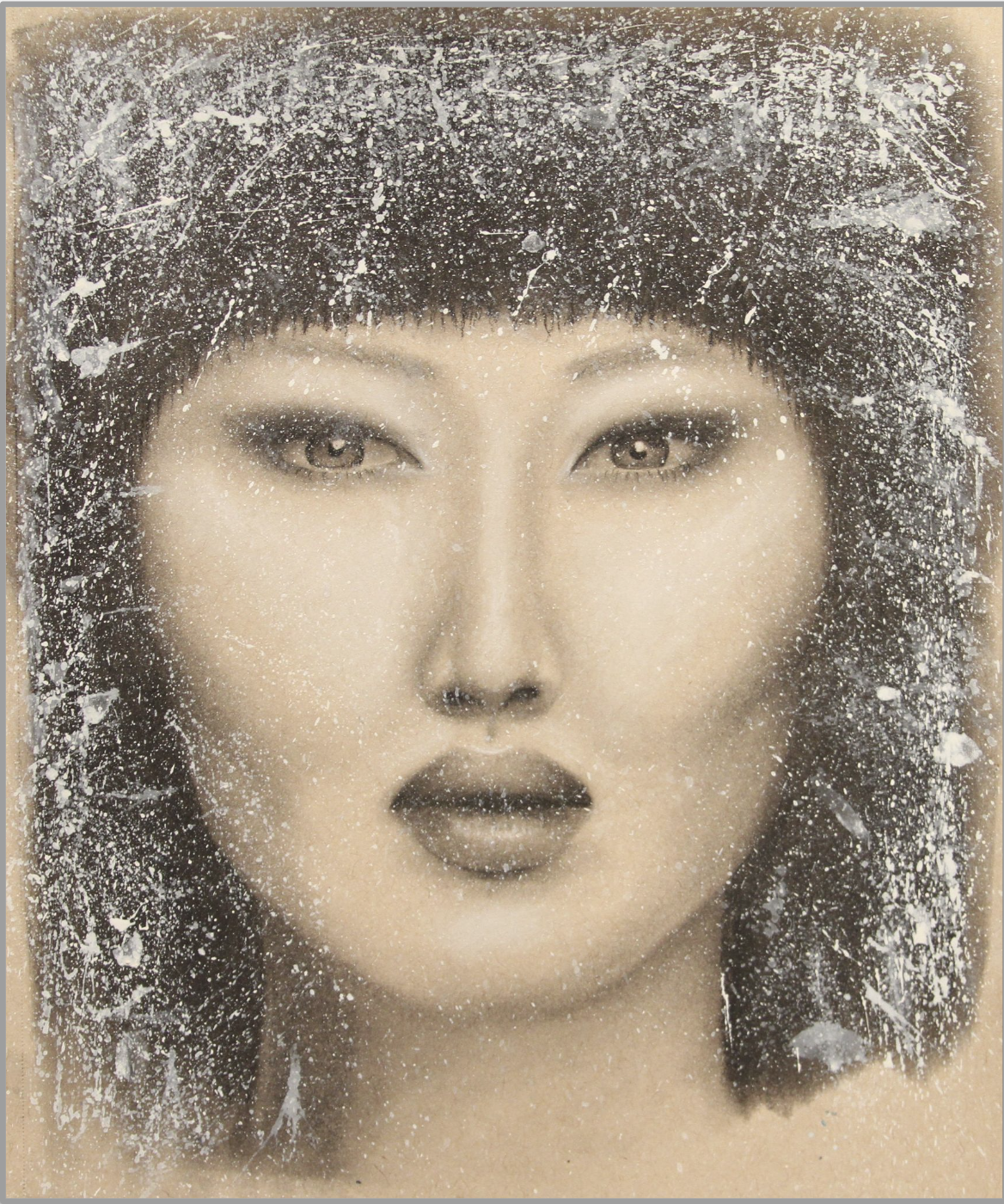
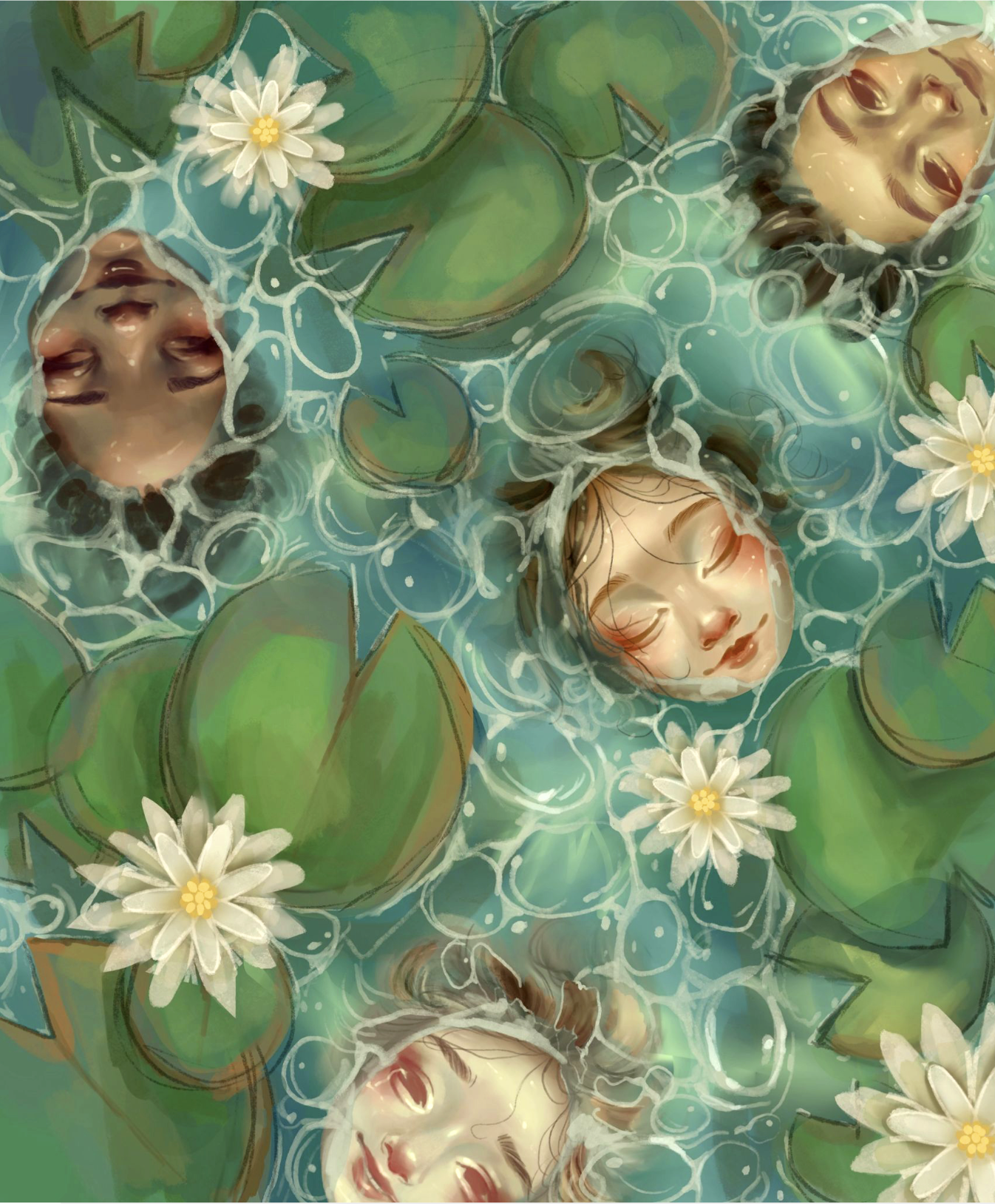

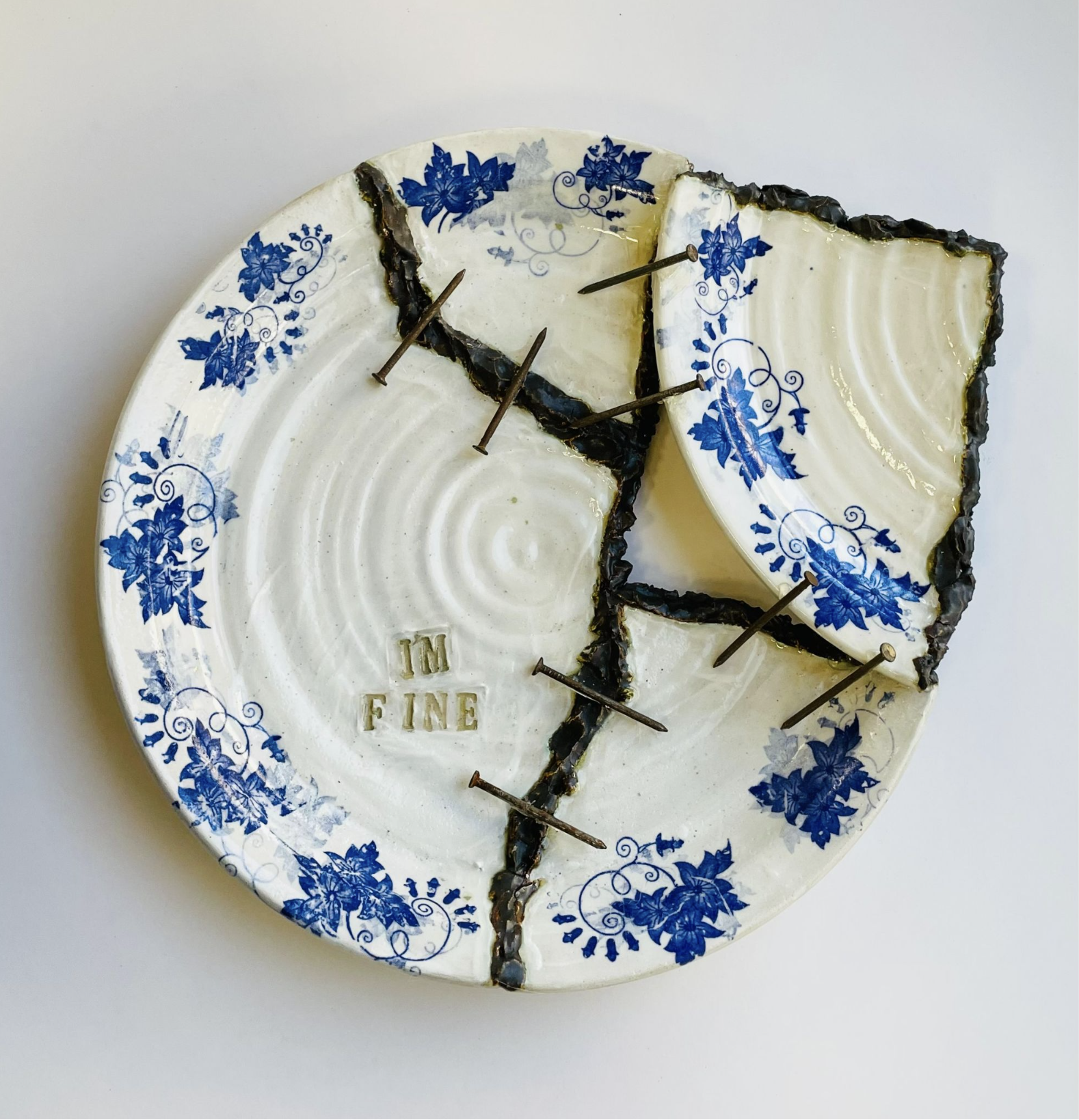

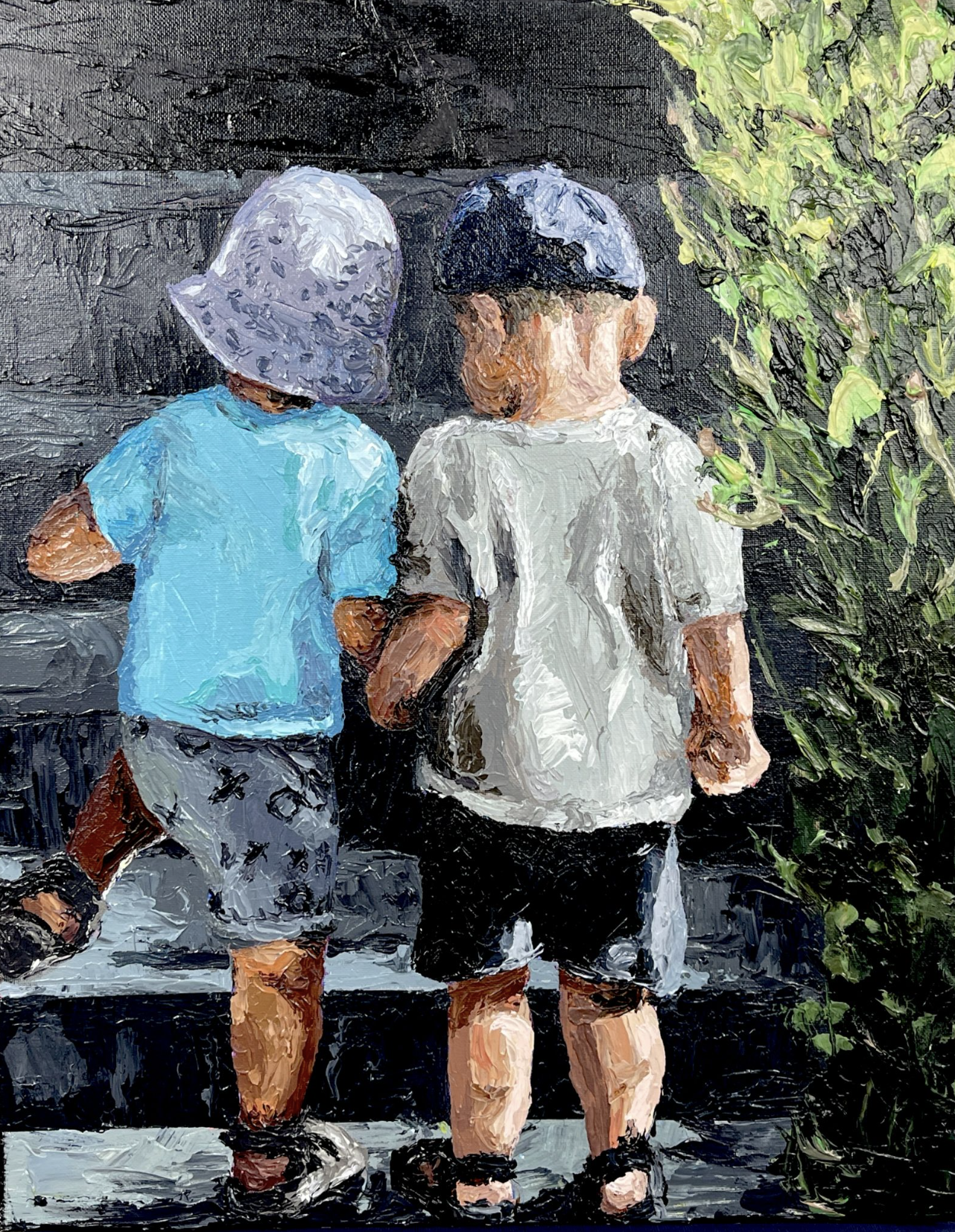
The Wilton Team
Susana Estes
Greg Theriault
Susanne Brandt
Examples of Student Work
Follow Wilton High School Art on Instagram
Art in our Schools
Miller Driscoll
Cider Mill
Middlebrook
Wilton HS
Genesis








































